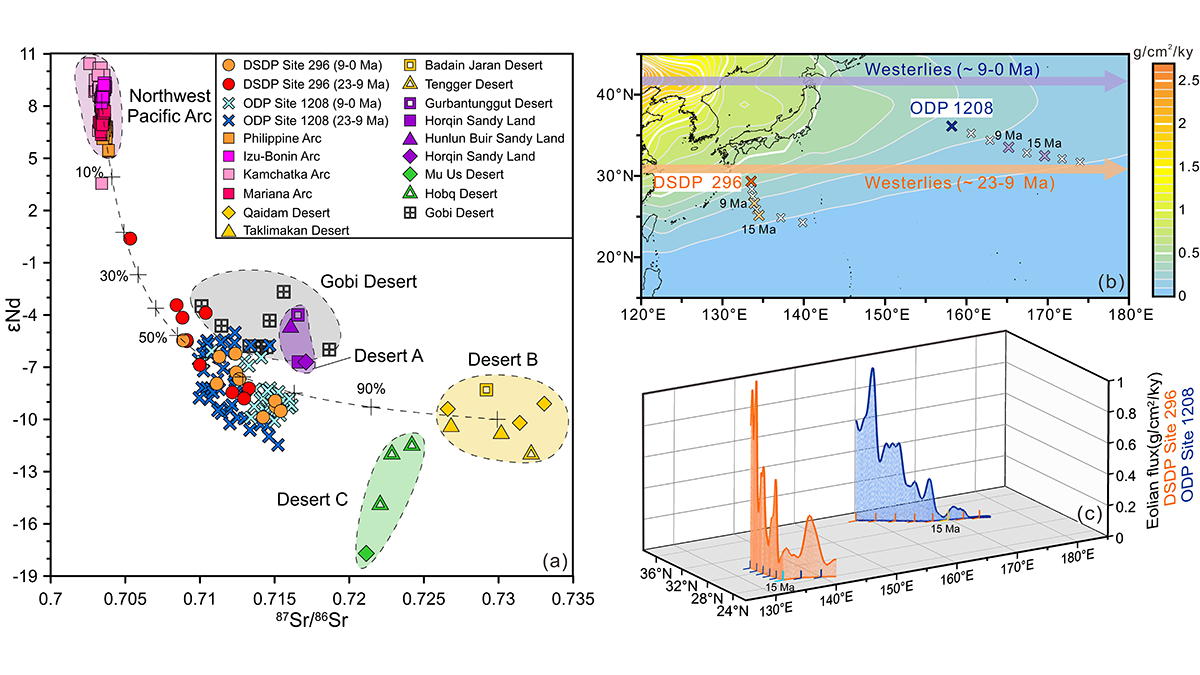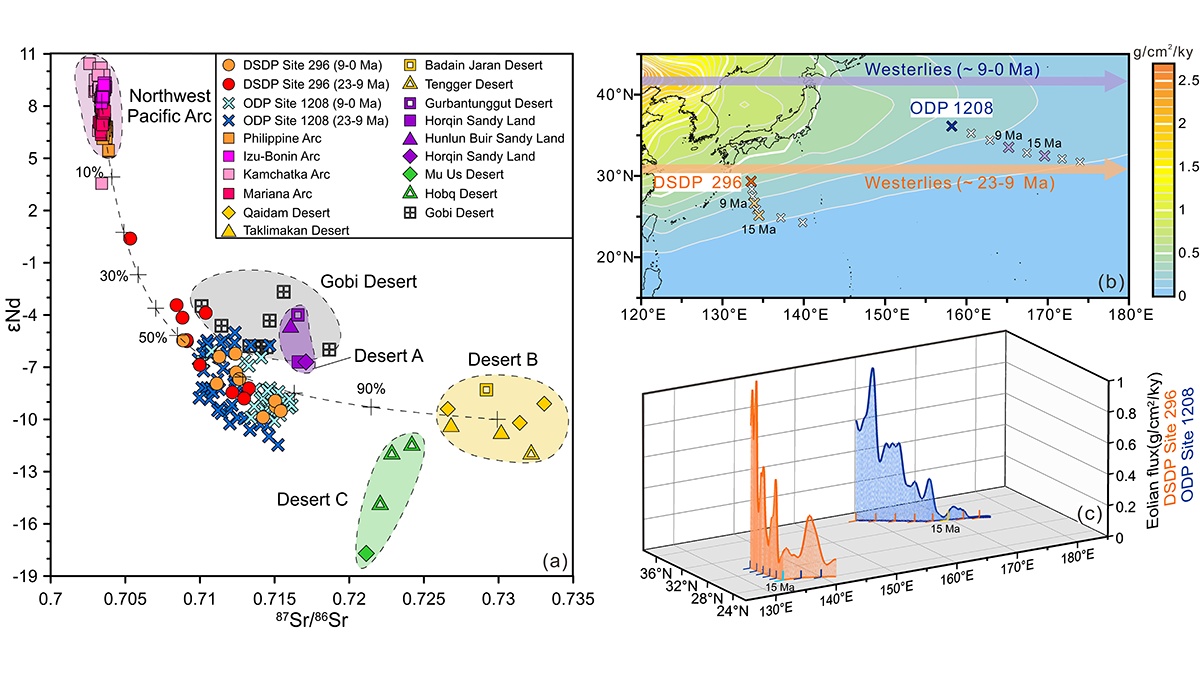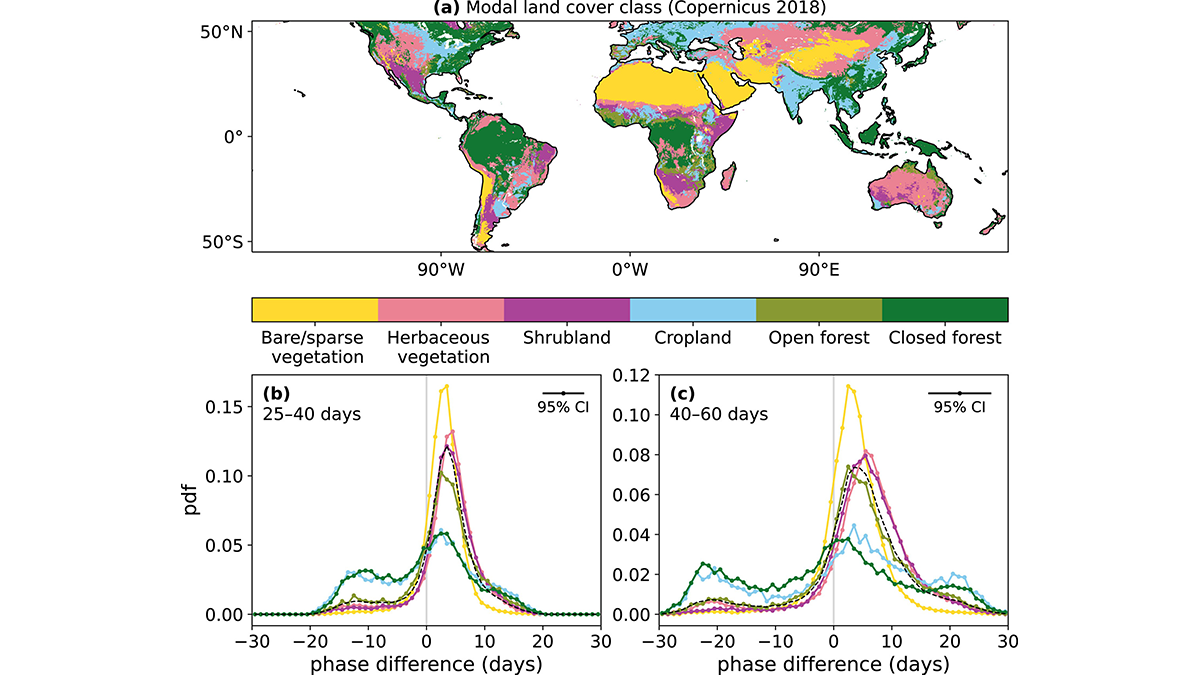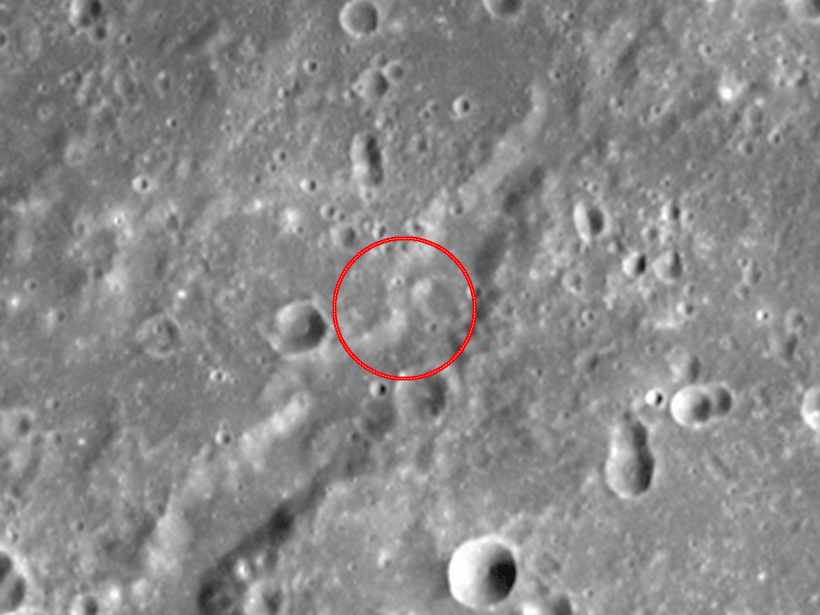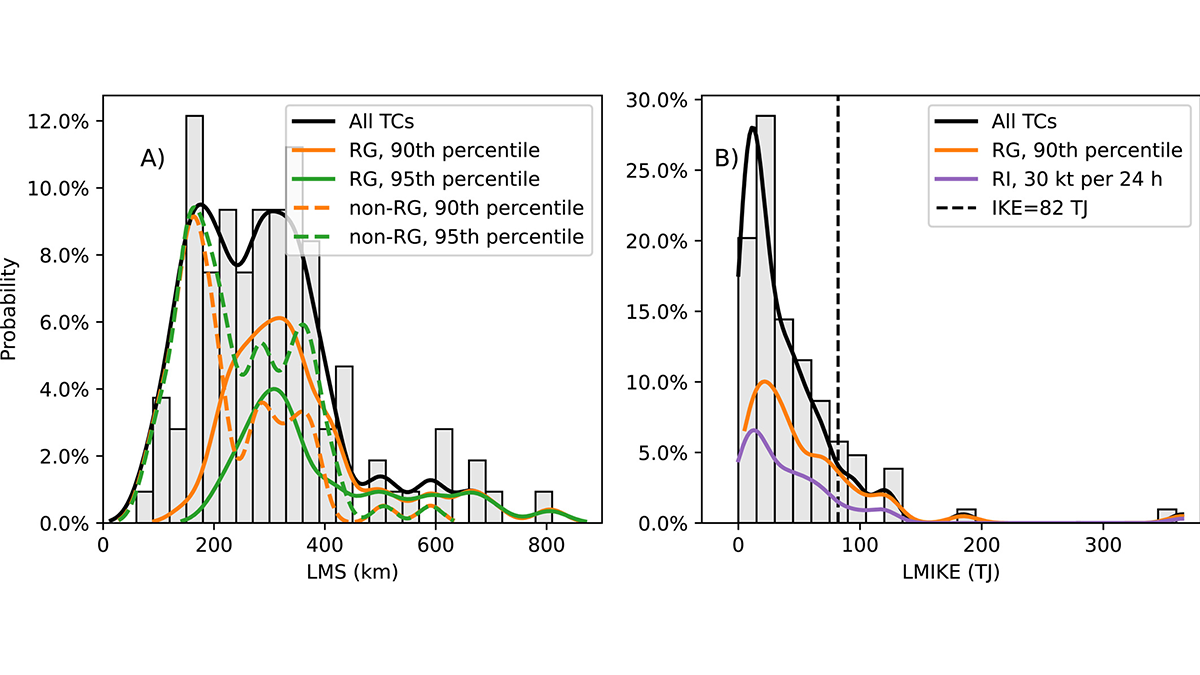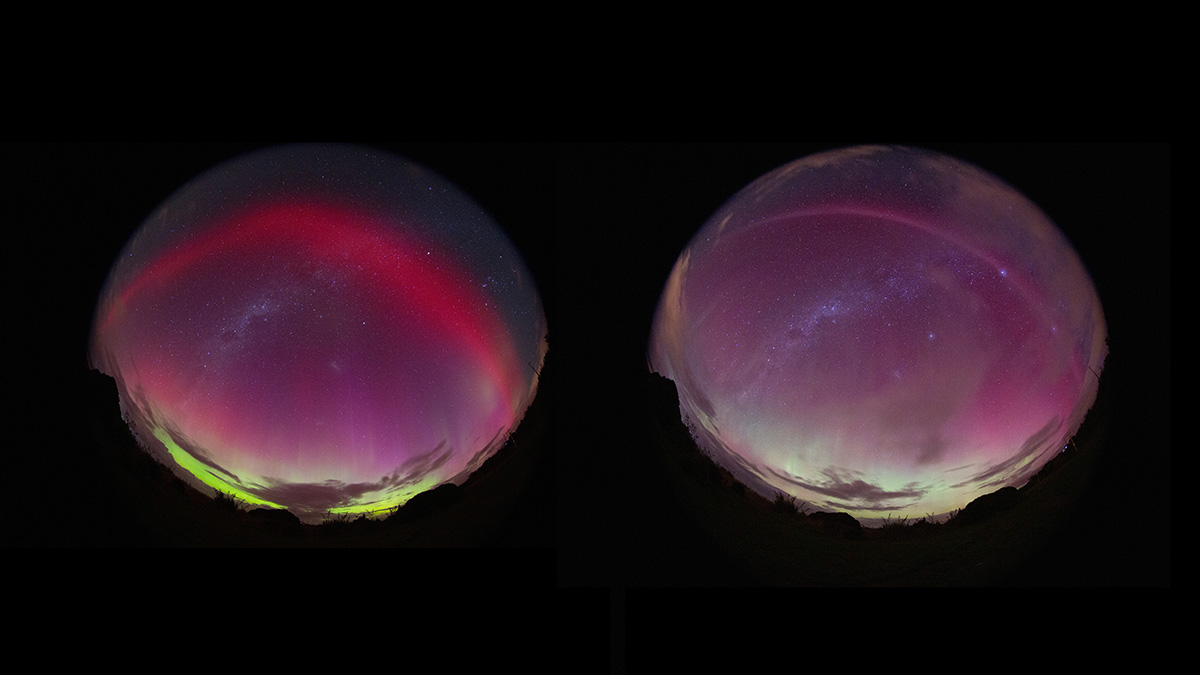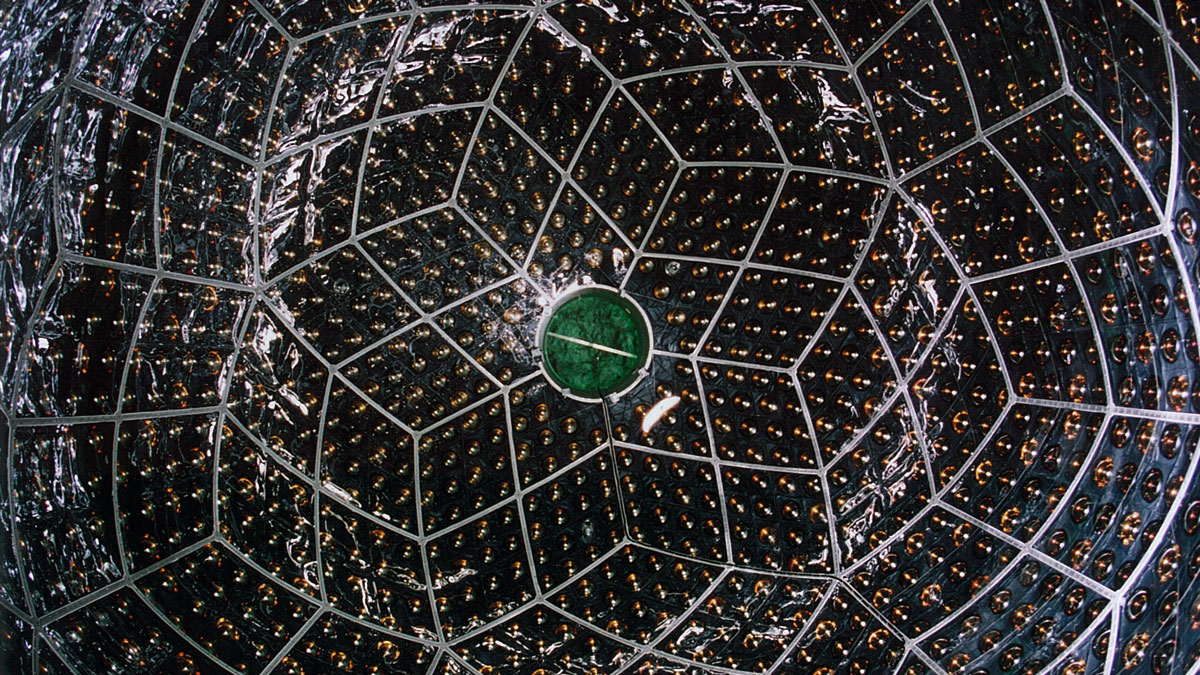A new deep sea dust record from the Philippine Sea, when added to evidence from the NW Pacific, suggests how dust may record a change in dustiness or the position of wind transport.
Geophysical Research Letters
中新世输入菲律宾海的亚洲风尘增加
一项来自菲律宾海的新的深海风尘记录,结合西北太平洋已有记录的对比,展示了海洋风尘沉积如何记录大气粉尘通量或风力传输路径的变化。
Vegetation Carries the Signature of Recent Precipitation
Vegetation response to precipitation is important for near-term weather predictability, and researchers show that such a response can occur within a few days and last up to two months.
Internet Cable Reveals the Source of Underwater Vibrations
A novel use of an existing fiber-optic cable off the coast of Spain has clued scientists in to how seismic noise is generated in the ocean.
MESSENGER Reveals a More Dynamic Mercury Surface
Image pairs indicate that 99% of the planet’s surface could be altered in the next 25 million years.
Variability of ENSO Forecast Skill Over the 20th Century
El Niño Southern Oscillation (ENSO) predictability is examined in a new global coupled retrospective forecast ensemble for the 20th Century.
The Rapid Growth of Tropical Cyclones’ Outer Size – A New Concept
A new study focuses on the rapid growth of tropical cyclones and their destructive potential.
Quantifying Changes in Midlatitude Subseasonal Prediction Skill
The differences between future and present subseasonal predictability in the Northern Hemisphere provided by the tropics are evaluated using neural networks.
From SAR Arc to STEVE: An Atmospheric Evolution
A new study reports the first observation of a stable auroral red arc evolving into a strong thermal emission velocity enhancement during a geomagnetic storm.
Estimating Uranium and Thorium Abundance with Geoneutrinos
Terrestrial electron antineutrino observations provide new constraints on the contributions of radiogenic heat in the mantle.

